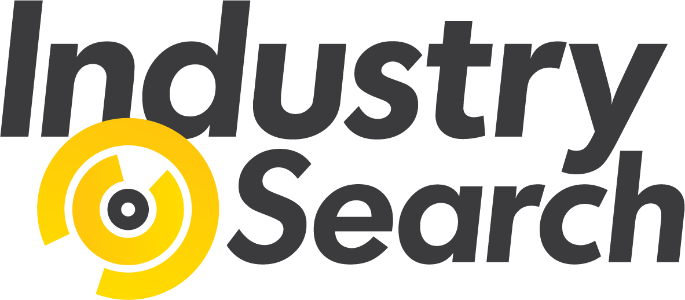By riding over the paddocks, according to scientists, equipment on quad bikes could take the guesswork out of the assessment of nitrogen, energy and fibre levels of pasture. The results would be obtained much more quickly than sending grass samples to labs for full analysis.
AgResearch, DairyNZ and Massey University scientists have been testing the effectiveness of a range of high tech additions to two quad bikes. They may now look more like lunar landing craft, but they can take the hard work out of assessing pasture.
"While some of this has been pioneered overseas in cropping, having all the partners working together has meant we're able to adapt the equipment for New Zealand pastures - we've done a lot of testing and both the 'pimped' bikes and collaboration are working very well," said AgResearch Senior Scientist, Dr Warren King.
Massey University scientists, who have provided one bike and much of the equipment, have been closely involved with the other partners in the Pastoral 21 Consortium–funded project.
"We're pleased to be working with others to bring this to New Zealand. These super quad bikes can assist with better fertiliser management, potentially resulting in less nitrogen leaching. This provides a major cost benefits for farmers and the industry, as well as being better for the environment," says Dr Ian Yule of Massey University.
Dr Dawn Dalley of DairyNZ says "A key factor in our involvement has to be benefits to the Dairy Industry. This technology has the potential to improve profitability as well as reducing the environmental footprint."
The quad bikes have been fitted with an array of instruments, including commercially available sensors and some advanced prototypes. Handle bar-mounted keyboards and computer screens enable close monitoring of results.
Instruments include:
- Sensors that measure light in the visible and near-infrared wavelengths: 450 nm and 760nm.
- A hyperspectral sensor that can see images across the range of wave lengths from visible to near-infrared.
- A laser scanner that can scan over a wider area rather than other sensors.
- A C-DAX Pasturemeter, which records pasture dry-matter, is also used.
- This device has inbuilt GPS providing data for mapping with other software.

